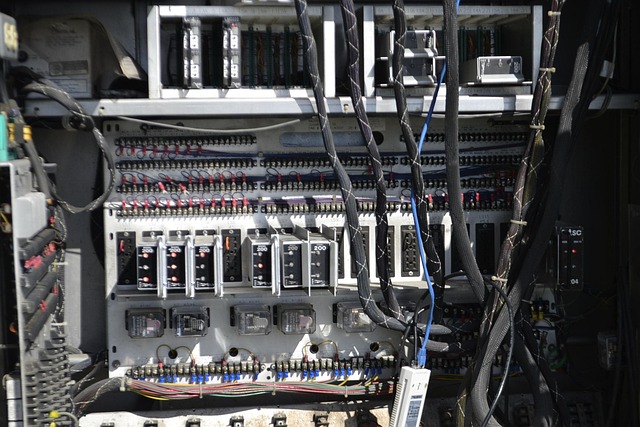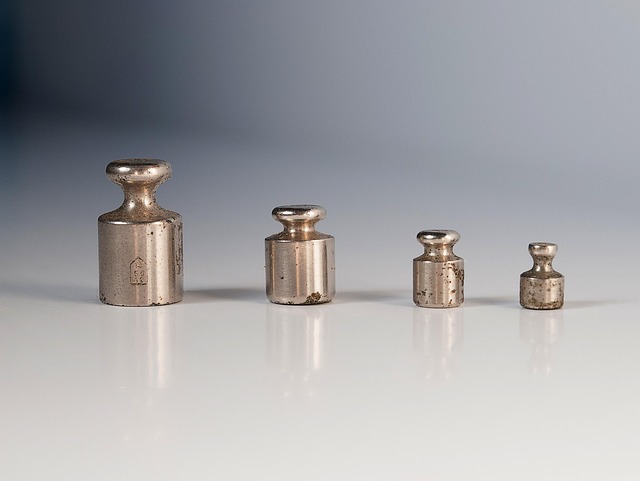Understanding Input Ports: A Comprehensive Guide for Hardware Enthusiasts
What are Input Ports?
For anyone diving into the world of hardware, understanding input ports is crucial. These ports serve as the essential gateways through which data enters your computer or device. Whether you’re connecting a keyboard, mouse, or even a game controller, input ports facilitate the communication between the user and the machine. In this post, we’ll explore various types of input ports, their significance, and how they can enhance your overall hardware experience.
Types of Input Ports
Input ports come in various forms, each designed to serve specific functionalities. Here are some of the most common types:
- USB Ports: Universal Serial Bus ports are ubiquitous in modern computing. They can connect a myriad of devices like printers, external storage, and even smartphones, making them perhaps the most versatile input ports in existence.
- HDMI Ports: While primarily viewed as a video output, HDMI ports can also receive input for interactive devices such as gaming consoles. This dual functionality bridges the gap between entertainment and effective computing.
- AUX Ports: These ports aren’t just for audio accessories; they also facilitate input from various sensors and microphones, making them integral for interactive hardware projects.
- Bluetooth: Technically a wireless input method, Bluetooth allows for a seamless connection between devices and peripherals, enhancing usability and reducing cable clutter.
The Role of Input Ports in Hardware Development
As a hardware enthusiast, understanding input ports goes beyond just knowing their definitions. These ports are fundamental in designing project setups, building new devices, and even troubleshooting hardware issues. For instance, if a gaming controller isn’t recognized, it’s often an issue related to the input port or the drivers associated with it. Knowing which ports are compatible with your devices can save you time and effort during setup.
Importance of Compatibility
When embarking on hardware projects, compatibility with input ports cannot be overlooked. Each port has its own specifications and standards. Using a device that doesn’t align with your existing ports can lead to connectivity issues and poor performance. Always check the compatibility of your input devices with the intended ports to ensure a smooth user experience.
Future Trends in Input Ports
As technology evolves, so do input ports. New standards and protocols are being developed to enhance speed, data transfer, and overall connectivity. Innovations like Thunderbolt 4 promise to revolutionize how devices communicate, combining video and data through a single high-speed connection. Keeping an eye on these advancements can inspire hardware enthusiasts to explore new capabilities and design opportunities.
Final Thoughts for Hardware Enthusiasts
The world of hardware is intricate and ever-changing, but understanding the fundamental role of input ports can empower you to navigate this landscape with confidence. As you continue your journey in hardware, remember that each component plays a vital part in creating a seamless and efficient computing experience. Knowledge is power, and in the realm of technology, every bit of information can lead you to the next exciting project or solution.



